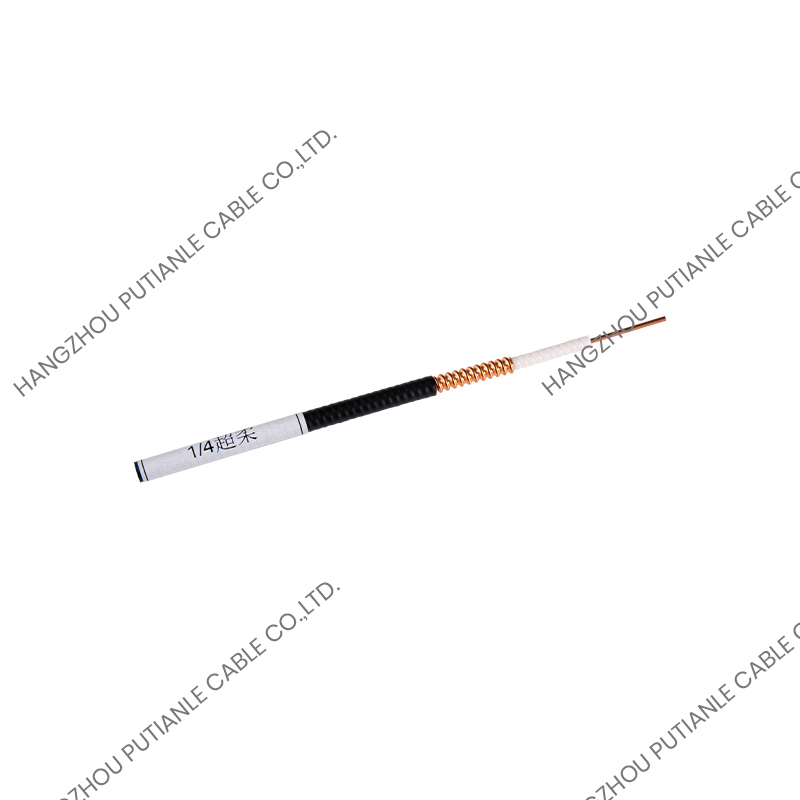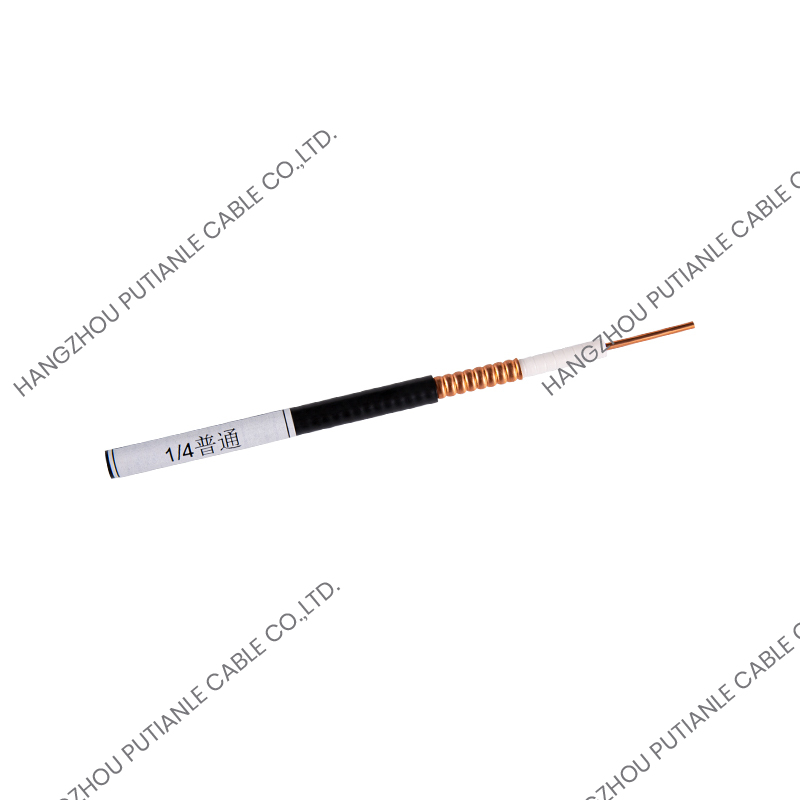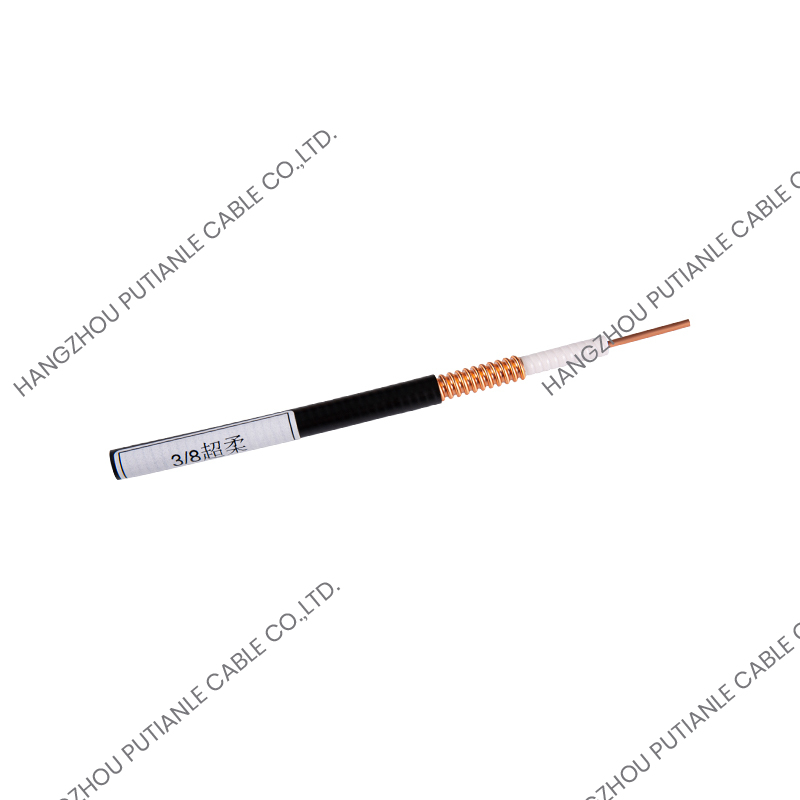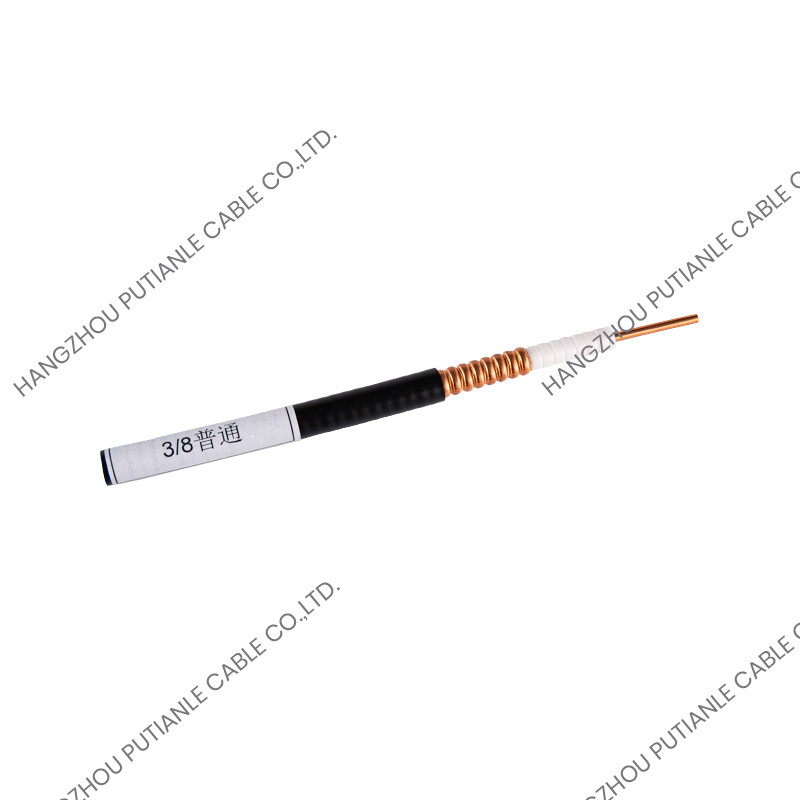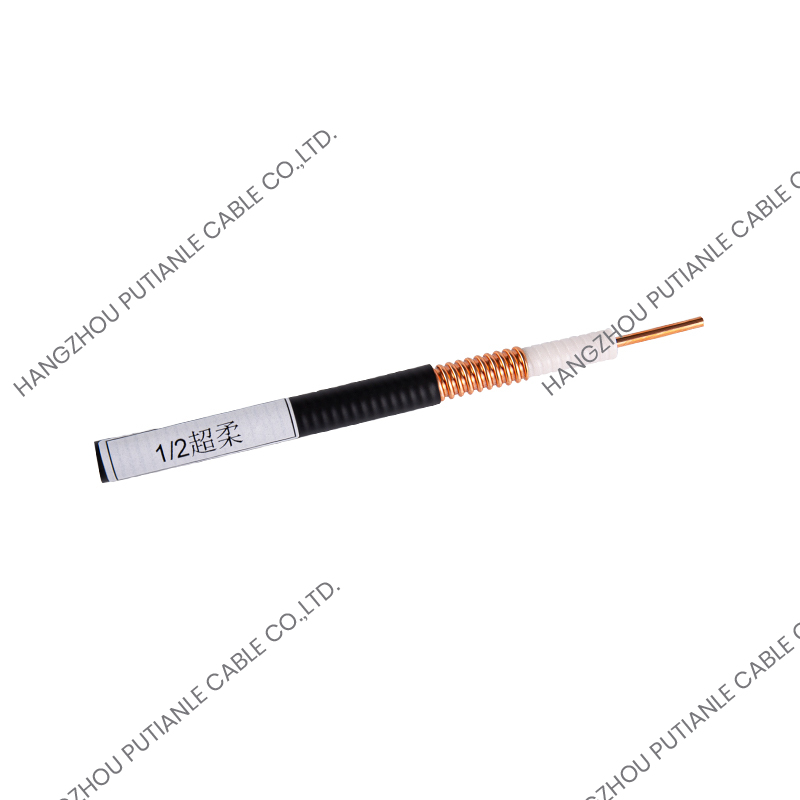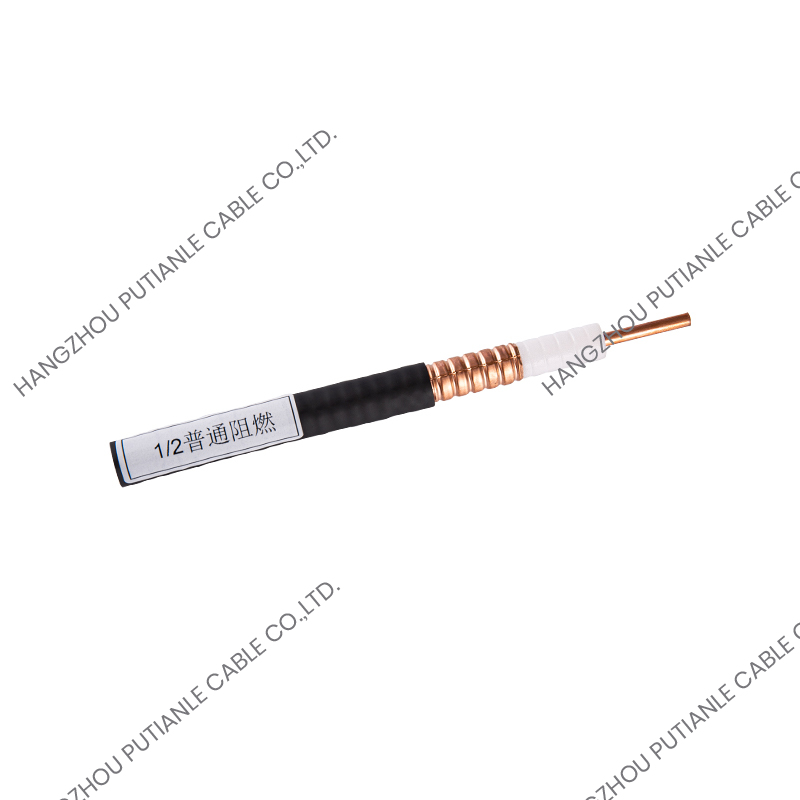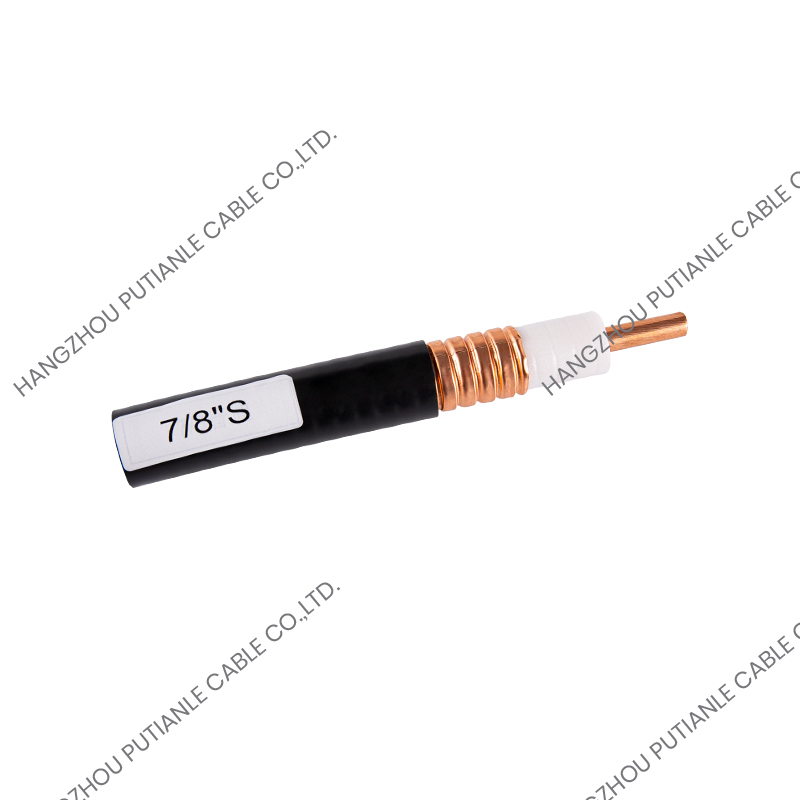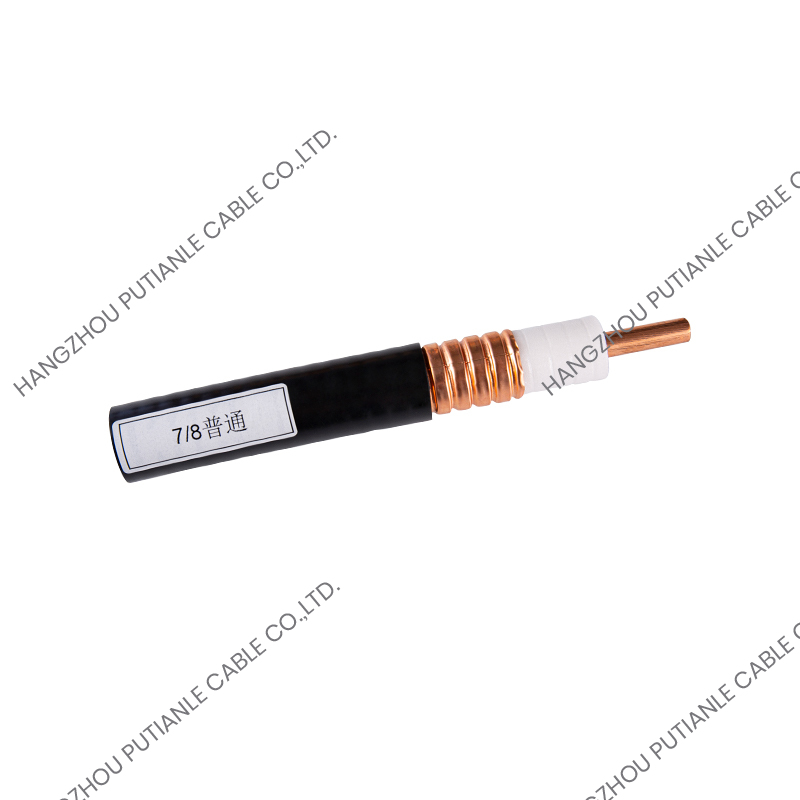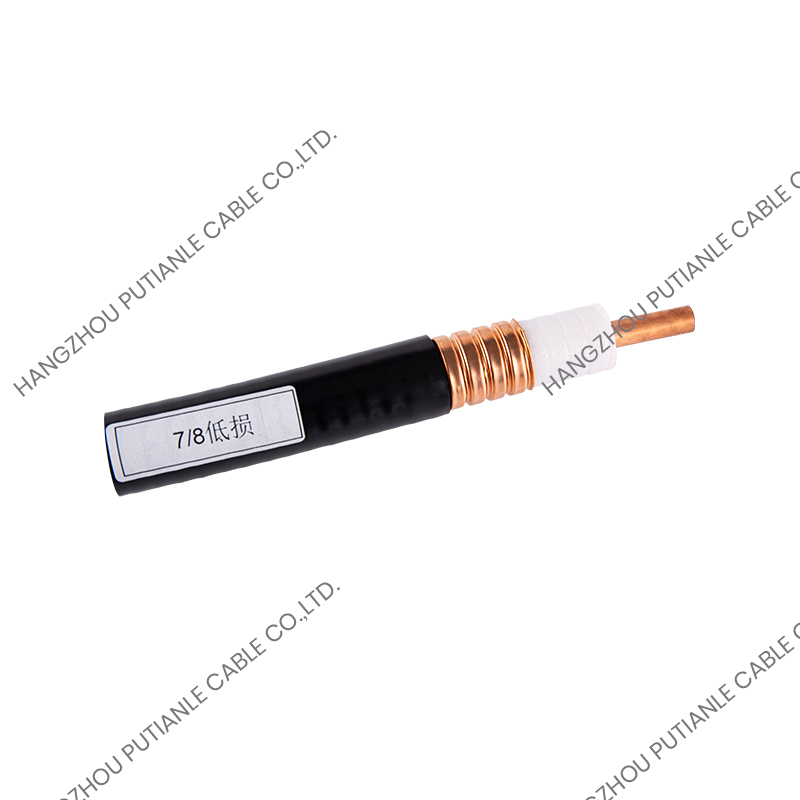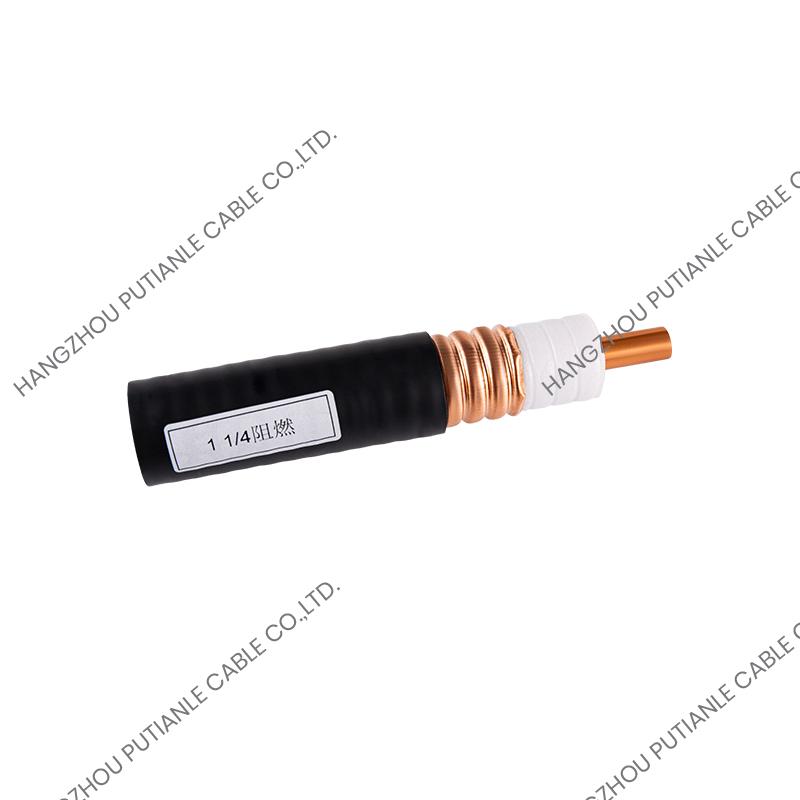In the field of radio frequency (RF) and communication engineering, signal integrity and transmission efficiency are vital. Among the different types of coaxial cables available, 50 Ohm braiding cables have become the industry standard for RF applications, thanks to their excellent electrical performance, mechanical durability, and adaptability. From antennas and transmitters to laboratory instruments and wireless infrastructure, these cables play a crucial role in ensuring that high-frequency signals travel with minimal loss and interference. This article explores the key advantages of using 50 Ohm braiding cables in RF and communication systems, including impedance matching, low signal loss, superior shielding, versatility, and mechanical strength.
1. Optimal Impedance Matching for RF Systems
The most fundamental reason behind the widespread use of 50 Ohm braiding cables in RF systems lies in impedance matching. Most RF components such as antennas, amplifiers, transmitters, and receivers are designed with a 50 Ohm characteristic impedance. When the impedance of the transmission line matches the impedance of the connected devices, maximum power transfer occurs, and signal reflection is minimized.
Impedance mismatch can cause signal degradation, standing waves, and loss of transmitted power. By using 50 Ohm cables, engineers ensure that the RF signal maintains its amplitude and quality across the transmission path, which is especially critical in systems operating at high frequencies. This consistency in impedance makes 50 Ohm cables a universal standard in communication systems, simplifying system design and component integration.
2. Low Signal Attenuation and Power Loss
Another major advantage of 50 Ohm braiding cables is their ability to transmit signals with low attenuation over long distances. Attenuation refers to the reduction in signal strength as it propagates through the cable due to conductor resistance, dielectric losses, and imperfect shielding.
The inner conductor of a 50 Ohm cable is typically made of high-quality copper or silver-plated copper, providing excellent electrical conductivity. Combined with a low-loss dielectric material (such as polyethylene or PTFE), this structure minimizes resistive and dielectric losses. The result is improved signal integrity, which is particularly valuable in applications such as wireless communication towers, radar systems, and measurement equipment where precision is paramount.
Furthermore, because 50 Ohm cables can handle relatively higher power levels compared to 75 Ohm cables, they are preferred in transmitting and receiving RF signals where both efficiency and power capacity are required.
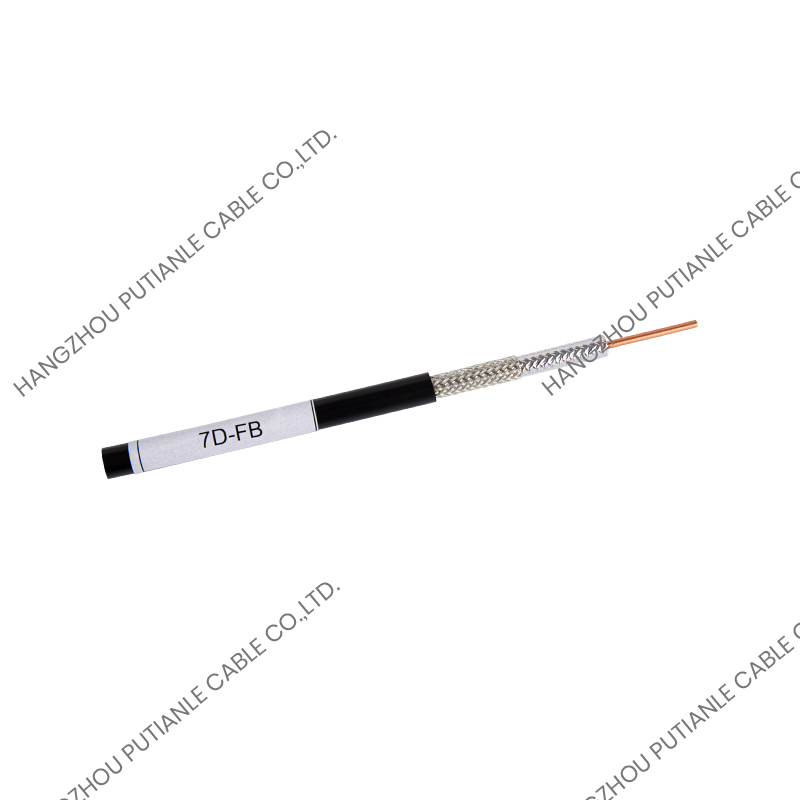
3. Excellent Shielding Against Electromagnetic Interference (EMI)
RF systems are extremely sensitive to external electromagnetic interference, which can distort or corrupt transmitted signals. 50 Ohm braiding cables are designed with dense metallic braid shields—typically made from tinned copper or aluminum—that act as a protective barrier against EMI and radio frequency interference (RFI).
The braided shielding serves two key purposes:
- It prevents external noise from entering the cable and affecting the internal signal.
- It reduces leakage of the transmitted RF signal, maintaining electromagnetic compatibility and system reliability.
Some high-performance variants include double or triple braid layers, and even foil shields, which further enhance protection in environments with strong interference, such as broadcasting stations, data centers, and aerospace facilities. Effective shielding ensures consistent communication performance, even in electrically noisy environments.
4. High Frequency Performance and Wide Bandwidth
A crucial strength of 50 Ohm braiding cables is their ability to perform effectively across a wide frequency range, from a few kilohertz (kHz) to several gigahertz (GHz). This characteristic makes them suitable for both analog and digital signal transmission, including modern high-speed communication technologies such as 5G, satellite communication, and Wi-Fi systems.
The combination of consistent impedance, low capacitance, and robust shielding enables these cables to maintain stable performance without phase distortion or significant loss, even at very high frequencies. As a result, 50 Ohm cables are indispensable in precision test equipment, RF signal analyzers, and laboratory measurement setups that demand accuracy across wide frequency spectrums.
5. Mechanical Durability and Flexibility
In addition to electrical performance, 50 Ohm braiding cables are built for mechanical strength and longevity. The braided outer layer provides not only electromagnetic shielding but also physical protection against bending, abrasion, and mechanical stress.
These cables are often covered with a durable PVC, PE, or Teflon jacket, which resists chemicals, UV radiation, and environmental damage. This makes them ideal for both indoor and outdoor installations, including antenna connections, mobile communication equipment, and military systems that require long-term durability. The flexible construction also allows easy routing in compact or movable systems without compromising performance.
6. Versatility Across Multiple Industries
The versatility of 50 Ohm braiding cables makes them suitable for a wide range of applications beyond standard RF systems. They are used in:
- Telecommunication networks – for transmitting data between base stations and antennas.
- Broadcasting equipment – ensuring clear signal delivery in radio and television systems.
- Aerospace and defense – where high reliability and resistance to interference are critical.
- Medical electronics – such as MRI and imaging devices that depend on precise signal transmission.
- Automotive electronics – including radar sensors and vehicle communication systems.
Their compatibility with various connectors, including BNC, SMA, N-Type, and TNC, also contributes to their widespread adaptability across sectors.
7. Cost-Effective and Standardized Design
Despite their high performance, 50 Ohm braiding cables are relatively cost-effective due to their standardized manufacturing process and global demand. The use of standardized impedance values allows engineers to design systems with predictable performance characteristics, reducing the need for customized components. Furthermore, the availability of various models (such as RG-58, RG-8, RG-213) enables users to choose the right balance between performance, flexibility, and budget.
8. Future Relevance in Emerging Technologies
As technology continues to advance, the relevance of 50 Ohm braiding cables remains strong. With the expansion of 5G networks, Internet of Things (IoT) devices, and high-frequency radar systems, the demand for reliable RF cables that offer minimal loss and excellent shielding continues to grow. Innovations such as low-dielectric constant materials and improved shielding designs are further enhancing their efficiency, ensuring they remain essential in both existing and next-generation communication systems.
Conclusion
The use of 50 Ohm braiding cables in RF and communication systems is rooted in a perfect balance of electrical, mechanical, and practical advantages. Their optimal impedance matching, low signal attenuation, superior EMI shielding, and broad frequency performance make them indispensable in modern communication infrastructure. Additionally, their mechanical resilience, versatility, and standardization ensure consistent and cost-effective performance across various industries.
In an era of rapid technological evolution, 50 Ohm braiding cables continue to serve as the backbone of reliable RF connectivity—bridging the gap between innovation and performance in every field that depends on seamless signal transmission.


 中文简体
中文简体 English
English Español
Español
